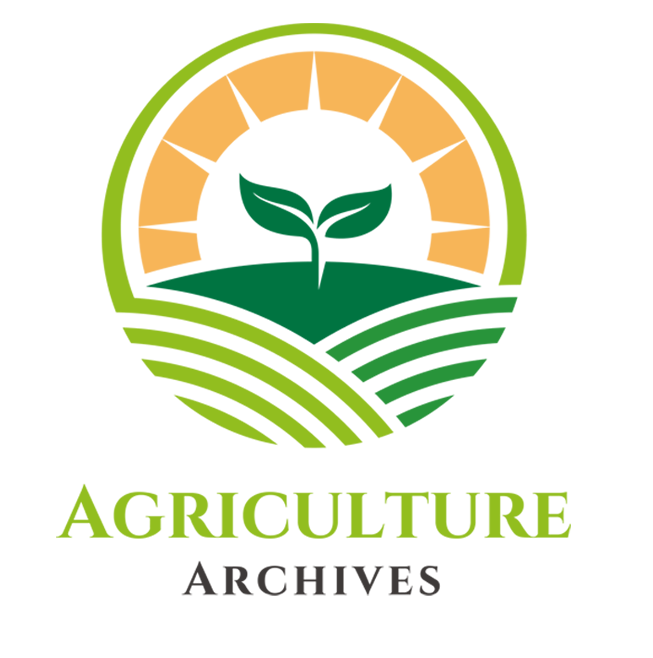In the global pursuit of achieving Zero Hunger, the balance between food supply and demand stands as a critical determinant. This article delves into the intricate dynamics of food production, distribution, and consumption, highlighting the challenges and opportunities in meeting the nutritional needs of a growing population. Through a comprehensive analysis of trends, policies, and innovations in agriculture and food systems, this article explores pathways towards achieving food security and ending hunger worldwide. By emphasizing the importance of a balanced approach that addresses both supply-side constraints and demand-side factors, the article advocates for integrated strategies that promote sustainable agriculture, equitable access to food, and nutritional diversity. Drawing upon empirical evidence and case studies from diverse contexts, the article underscores the urgency of collective action and multisectoral collaboration in realizing the vision of Zero Hunger. Ultimately, it argues that by aligning production with nutritional needs, enhancing food distribution systems, and empowering communities to make healthy food choices, we can create a world where every person has access to adequate, nutritious, and culturally appropriate food, thereby ensuring food security and promoting human well-being.
